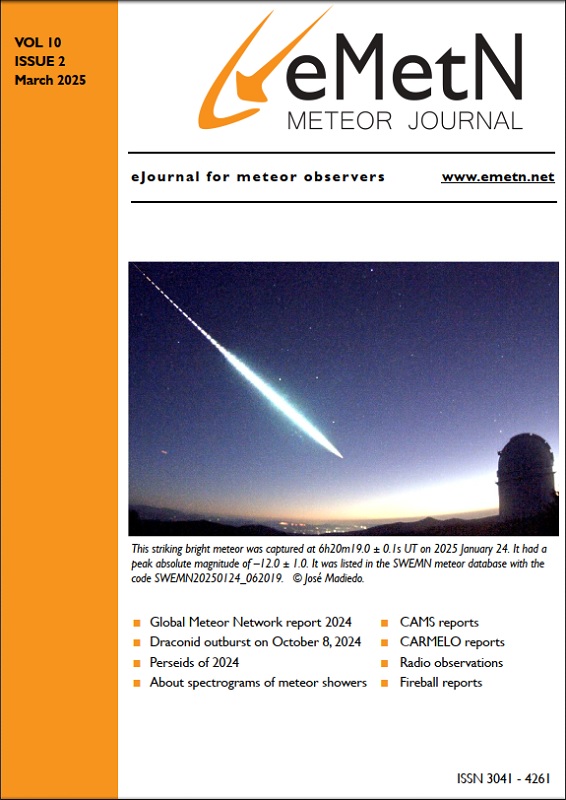Abstract: An overview of the radio observations during January 2025 is given.
The graphs show both the daily totals (Figure 1) and the hourly numbers (Figure 2) of “all” reflections counted automatically, and of manually counted “overdense” reflections, overdense reflections longer than 10 seconds and longer than 1 minute, as observed here at Kampenhout (BE) on the frequency of our VVS-beacon (49.99 MHz) during the month of January 2025.
The hourly numbers, for echoes shorter than 1 minute, are weighted averages derived from:

During this month, there were few local disturbances and no lightning activity was recorded, though solar flares (mostly type III) were observed almost daily.
However, during work near the beacon antenna, it was severely damaged, causing the beacon signal to fail between 13h22m UT on January 17th and 14h40m UT on January 19th. Consequently, no observations were possible on 49.99 MHz during this period, and data are missing.
The highlight of the month was, as expected, the Quadrantid/Bootid meteor shower, which peaked on January 3rd. Some SpecLab images illustrating the intensity of the shower are attached (Figure 3).
The rest of the month was generally quiet, with a few minor showers. Only two reflections longer than 1 minute were observed this month, one of which (on January 21st) was particularly strong (Figures 4 and 5).
In addition to the usual graphs, you will also find the raw counts (subject to strict reservations as previously said) in cvs-format from which the graphs are derived. The table contains the following columns: day of the month, hour of the day, day + decimals, solar longitude (epoch J2000), counts of “all” reflections, overdense reflections, reflections longer than 10 seconds and reflections longer than 1 minute, the numbers being the observed reflections of the past hour.
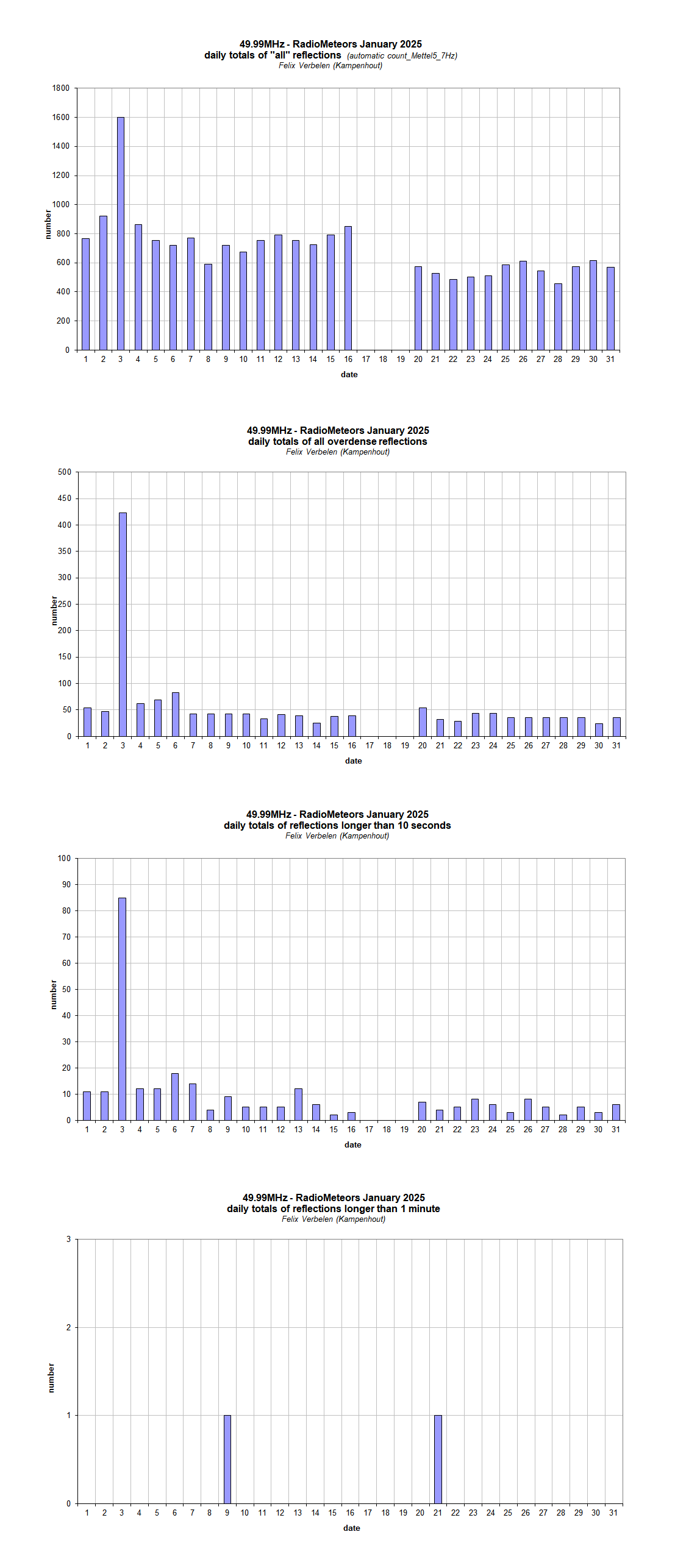
Figure 1 – The daily totals of “all” reflections counted automatically, and of manually counted “overdense” reflections, as observed here at Kampenhout (BE) on the frequency of our VVS-beacon (49.99 MHz) during January 2025.
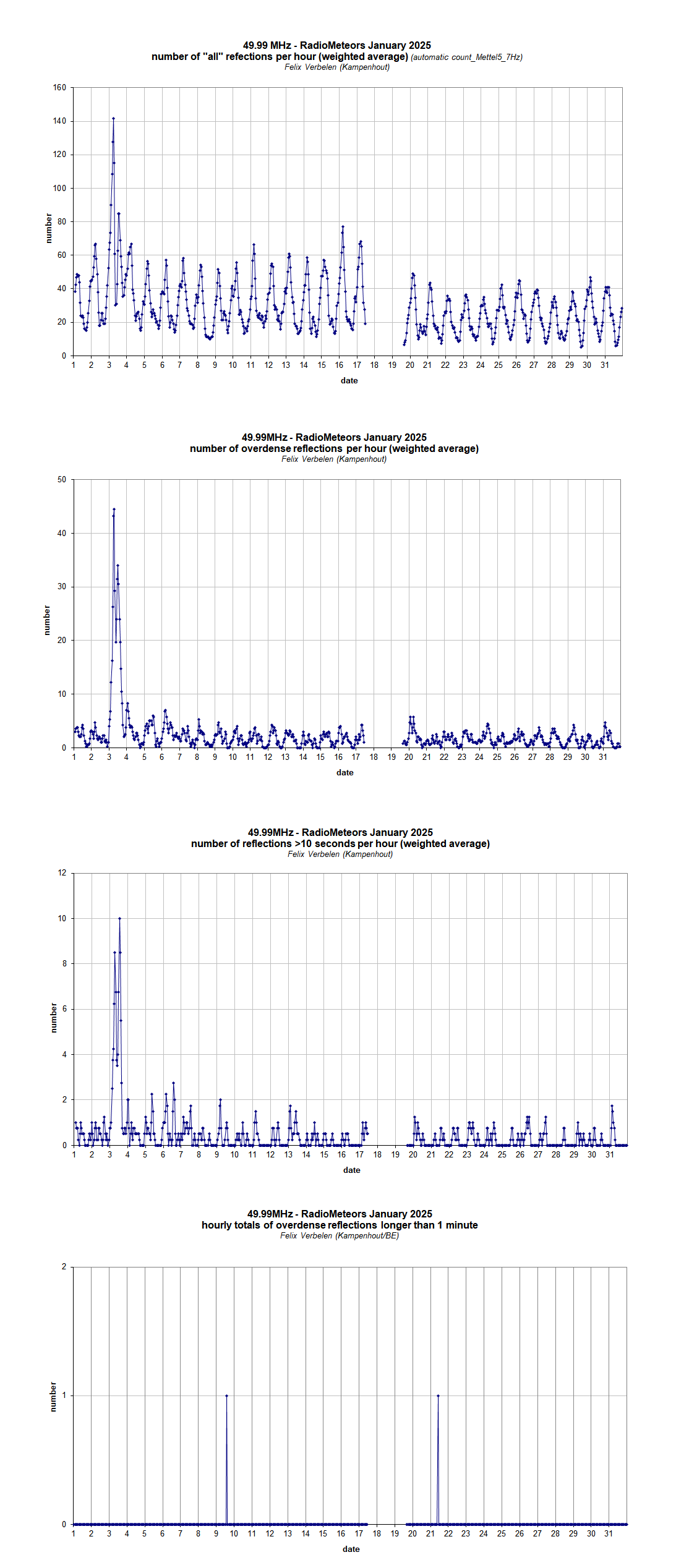
Figure 2 – The hourly numbers of “all” reflections counted automatically, and of manually counted “overdense” reflections, overdense reflections longer than 10 seconds and longer than 1 minute, as observed here at Kampenhout (BE) on the frequency of our VVS-beacon (49.99 MHz) during January 2025.
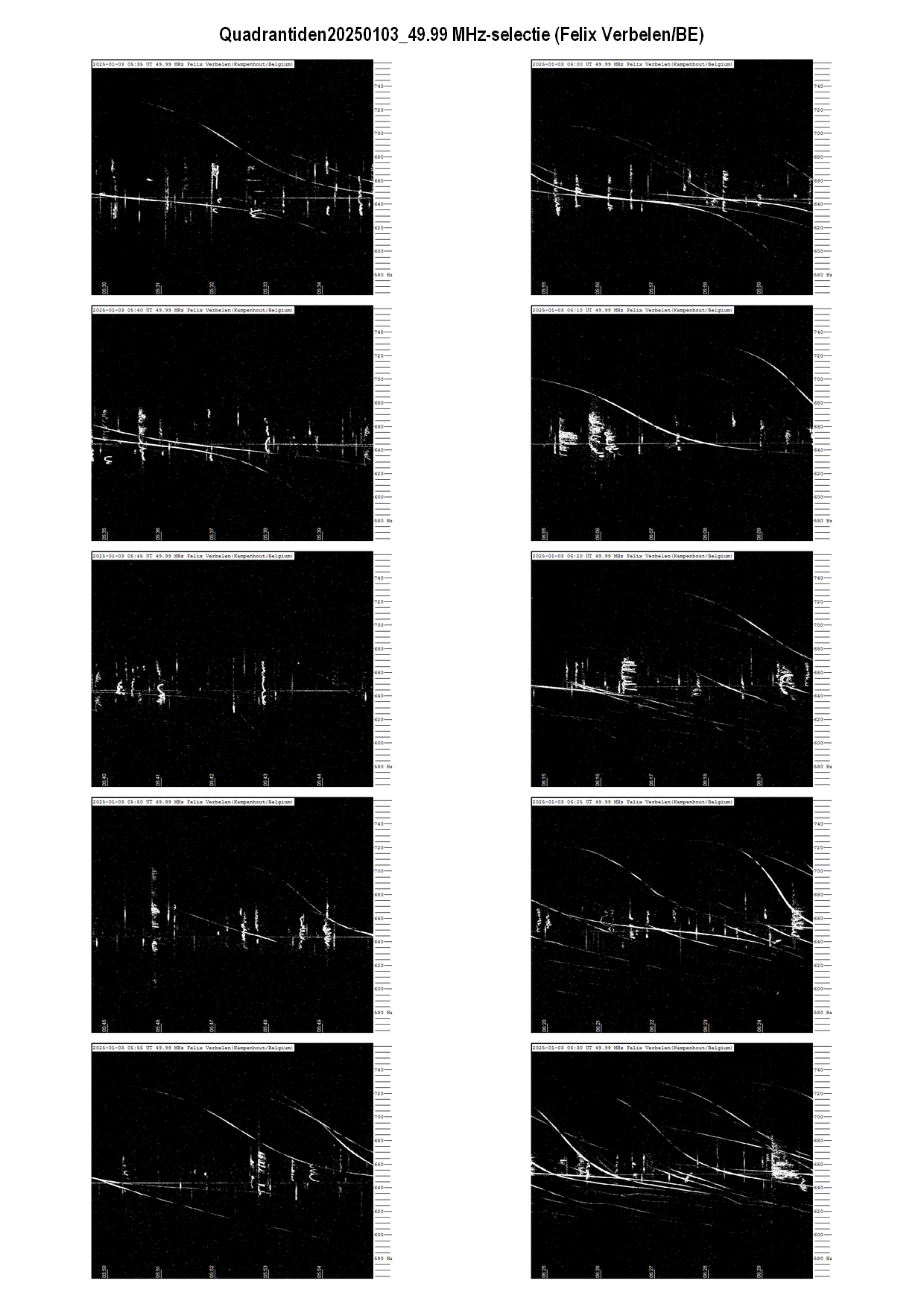
Figure 3 – Selection of meteor echoes during the Quadrantid 2025 activity.
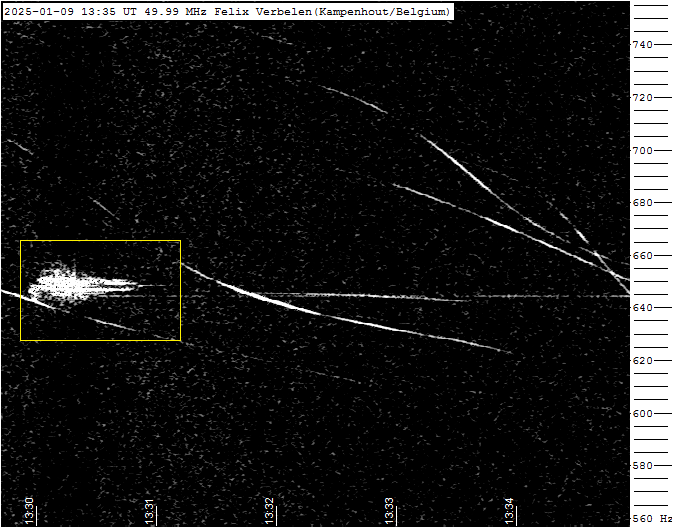
Figure 4 – Meteor echoes January 9, 13h35m UT.
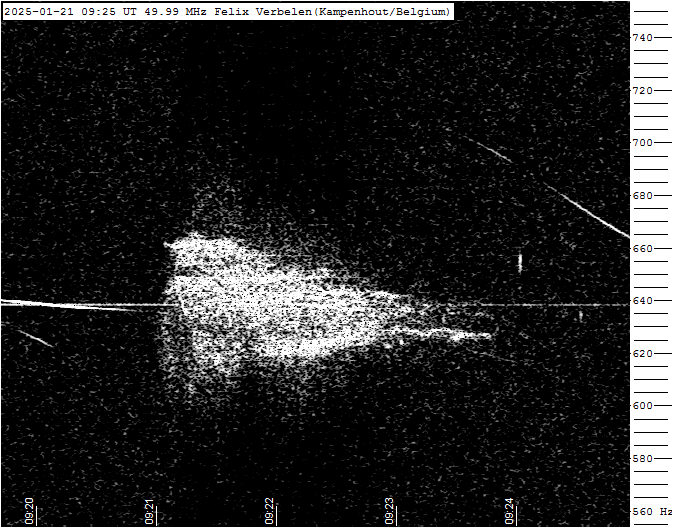
Figure 5 – Meteor echoes January 21, 9h25m UT.
